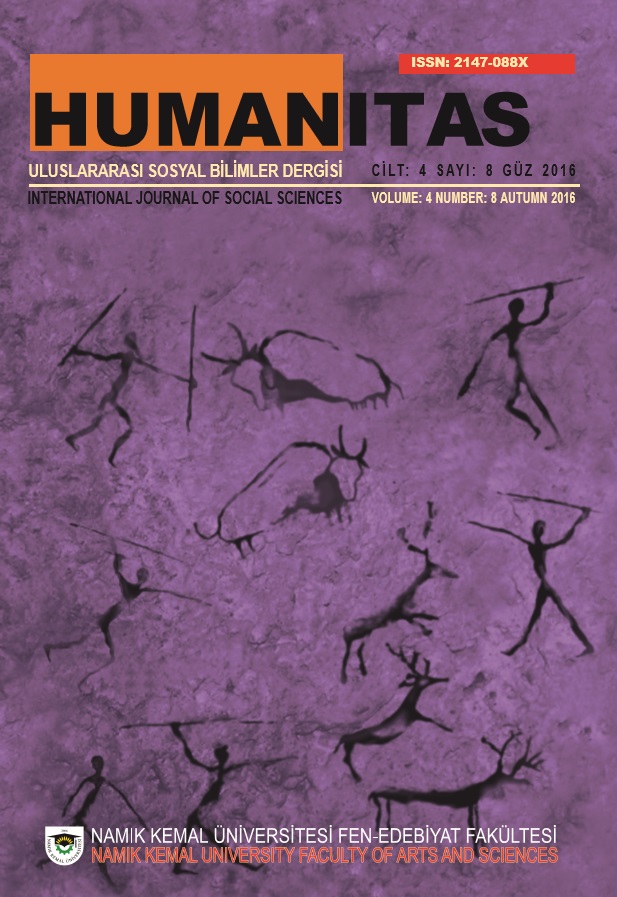EDGAR ALLAN POE’S THE TELL-TALE HEART ON PAGE AND ON SCREEN
EDGAR ALLAN POE’S THE TELL-TALE HEART ON PAGE AND ON SCREEN
Author(s): Seda COŞAR ÇELİKSubject(s): Studies of Literature, Film / Cinema / Cinematography, Sociology of Art
Published by: Namık Kemal Üniversitesi Fen-Edebiyat Fakültesi
Keywords: Adaptation Theory; Literary Movie Adaptations; Edgar Allan Poe; The Tell-Tale Heart;
Summary/Abstract: In a time when interdisciplinary and intertextual engagements among diverse fields and disciplines begin to gain potency and efficacy, it is no surprise that film adaptations of literary classics lure readers’ attention, sometimes even more than the classical works themselves. Examining a literary work along with its film may produce many benefits. For instance, unlike fidelity criticism which solely focuses on the adaptation’s degree of faithfulness to the original text, studying literature and film together may encourage interdisciplinary and comparative studies in the field of arts, may raise one’s awareness considering the intertextual relationship between film and literature and may help question the hierarchical relations among the arts. Edgar Allan Poe’s The Tell-Tale Heart and its short movie adaptation with the same title directed by Jules Dassin in 1941 are impeccable materials to achieve these goals. As perhaps one of the best examples of psychological horror genre, The Tell-Tale Heart relates a murder committed by the narrator himself. The tale is open to numerous interpretations as it leaves many critical wh-questions unanswered. As such, it creates gaps to be filled by readers. This article will thus examine how the aforesaid movie adaptation of Poe’s The Tell-Tale Heart tries to fill those gaps via extraneous additions to the original story, making the adaptation a unique interpretation of the source text.
Journal: Humanitas - Uluslararası Sosyal Bilimler Dergisi
- Issue Year: 4/2016
- Issue No: 08
- Page Range: 15-30
- Page Count: 16
- Language: English

